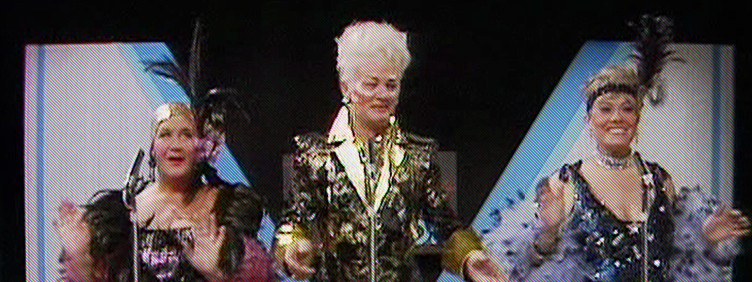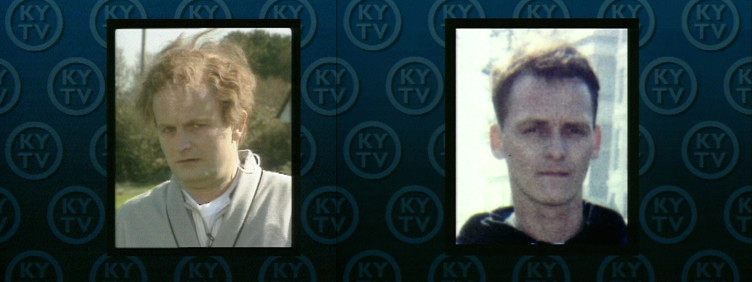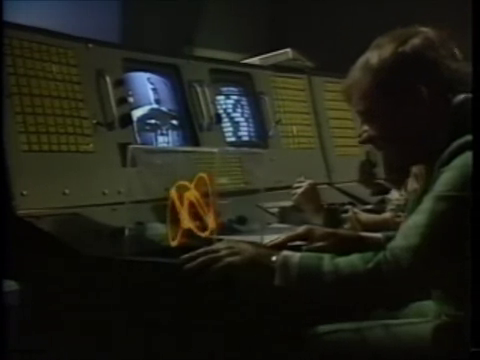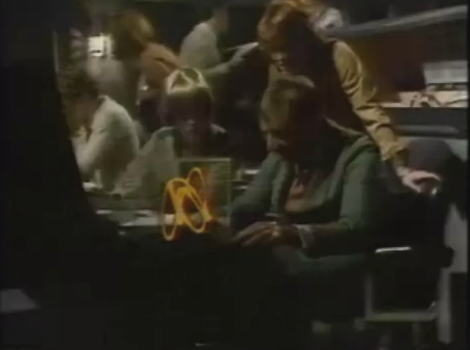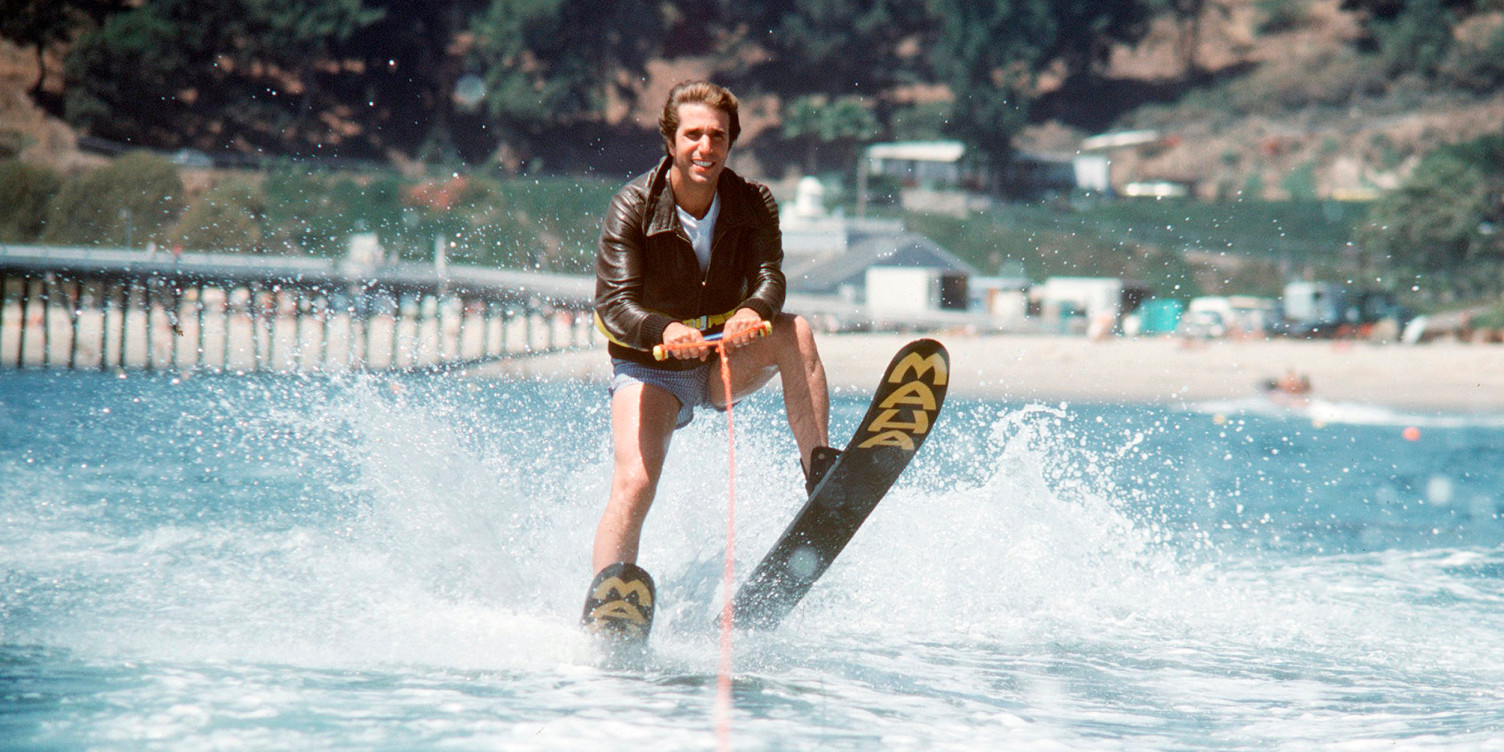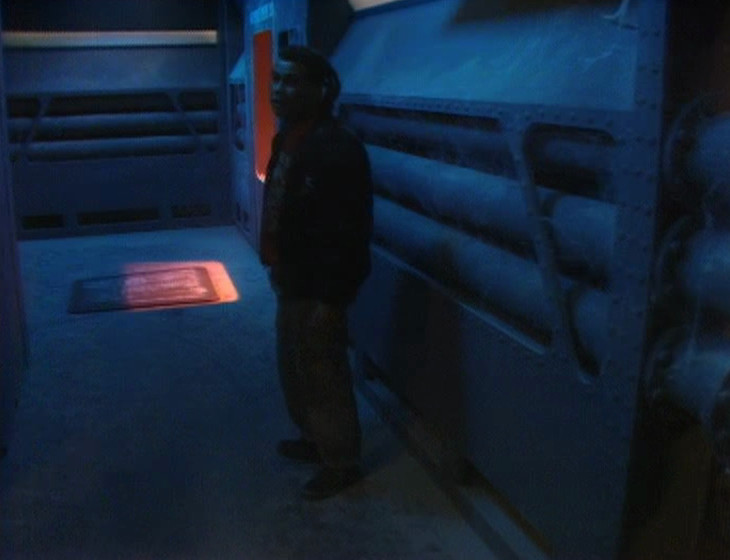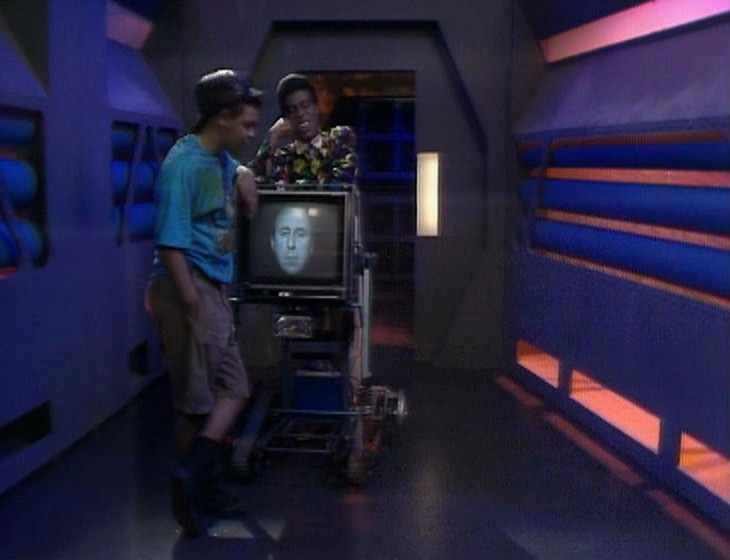There are some things I will never understand.
Take, for instance, this Amazon review of Soupy Twists!, Jem Roberts’ excellent look at Fry & Laurie:
“As seems to be the norm now, about a third of the book is padded out with unused snippets of sketches (although I recognised some so that might be quite a loose definition).”
Or how about this SFX review of The Hidden Art of Disney’s Golden Age?
“Generally, though, this is an unspectacular volume. It’s full of doodles and drawings which reveal their artists’ technique and imagination without being very eye-catching; many are for toons that were never made. For example, several pages are devoted to the abandoned “Mickey’s Sea Monster”, with loads of design ideas for a Disney sea serpent (the best monsters are cute but also a bit scary). There are glimpses of an unmade Fantasia-like cartoon called Japanese Symphony, with parasol-wielding geishas and dancing butterflies.”
Or how about the review I distinctly remember of a Red Dwarf DVD, which called the deleted scenes “filler”? (Sadly, I can’t find that particular review, or the police might have to investigate a sudden nasty spate of poison pen letters.)
Regardless: I will never understand it. I will never understand somebody lifting up the lid on the creative process, to see a glimpse of what could have been… only to be greeted with calls that it’s padding, unspectacular, or filler. Of course, sometimes such work can be worthwhile in its own right; for what it’s worth, I was hooting with laughter at the unused Fry & Laurie stuff. “Split beaver pornography slipped through the net.”
But sometimes, it’s not about whether the work itself is entertaining. The path not taken is one of the biggest insights you can have into how something was made. If you ever thought the end of the Red Dwarf episode “Dimension Jump” was anti-climactic… just look at the deleted scenes, and see just how much worse it could have been, and how they arrived at the ending they did.
I know people engage with work in different ways. There are many who just don’t care about going behind-the-scenes at all. And that’s fine. But if you’re reading a book about Fry & Laurie rather than just watching the programmes again; if you’re reviewing a book specifically about Disney’s “Hidden Art” rather than just watching the cartoons; if you’ve wandered away from watching the episodes on a Red Dwarf release and into the extras menu… then I have to assume that you care about more than just watching the finished products themselves, and you want to go deeper.
So to shrug your shoulders at this stuff is frankly baffling. The chance to see brand new unseen work from people you love… or the chance to understand why you love them in the first place. Both approaches are valid for unseen material.
But indifference, or even boredom? That’s just weird.

